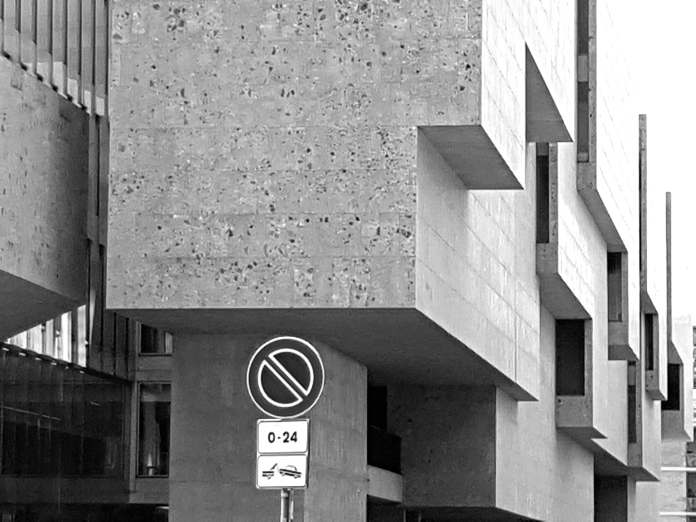We had dinner last night in Barons Court, an area of the city I hardly know, apart from sitting in a traffic jam outside St. Paul’s Studios, the rundown group of purpose built artists’ studios, designed in 1891 by Frederick Wheeler for bachelor artists, just before the Hammersmith Flyover. They have grand arched windows at the front and good terracotta detailing:-
Fitz-George Avenue itself is unexpected. A plaque records its design by Delissa Joseph, who is mainly remembered for synagogues and campaigning for higher buildings and who built the street in open fields with a curve in the road:-
There’s a pillar box grown into a tree, like ingrown toenails:-



























































You must be logged in to post a comment.